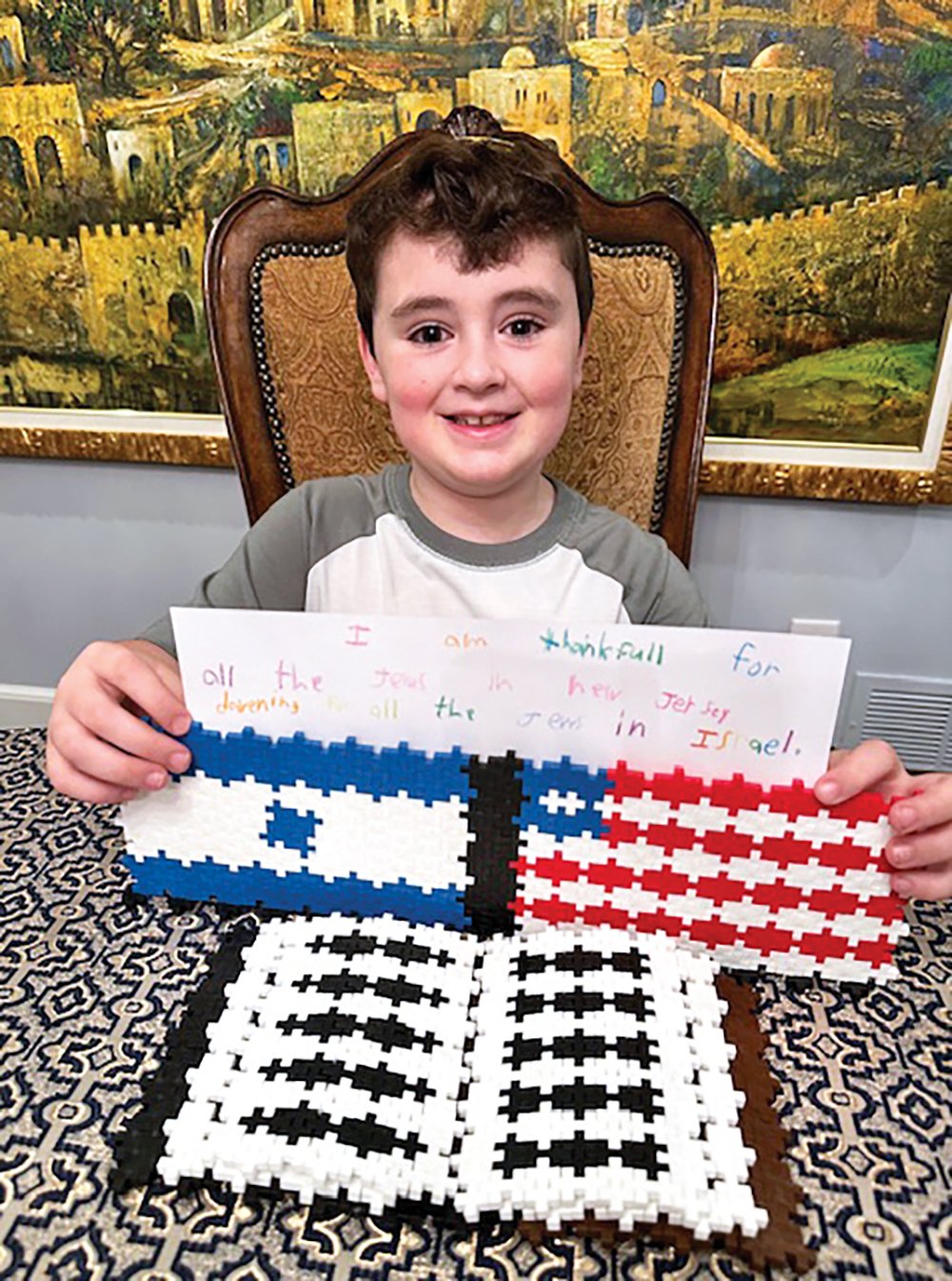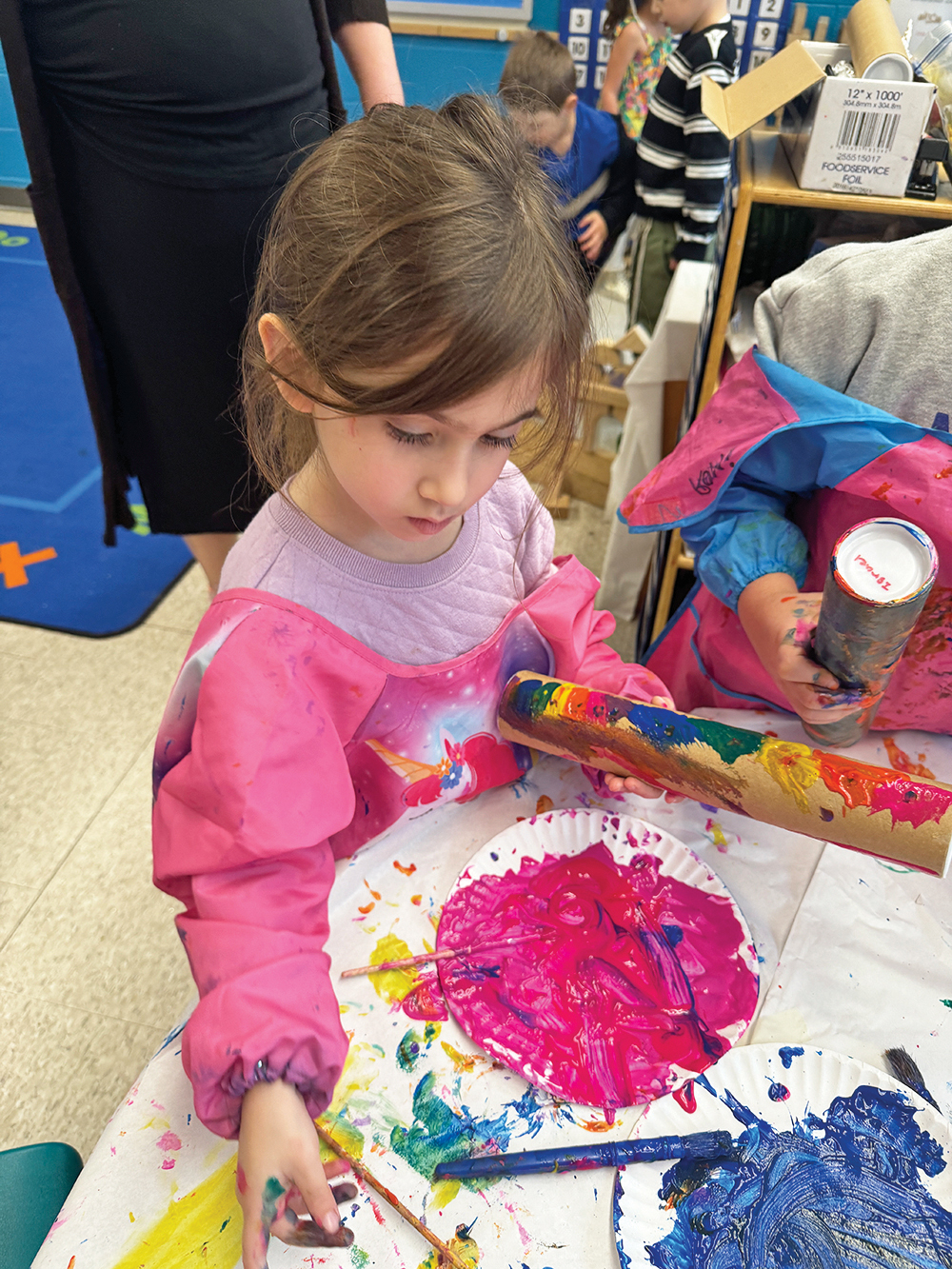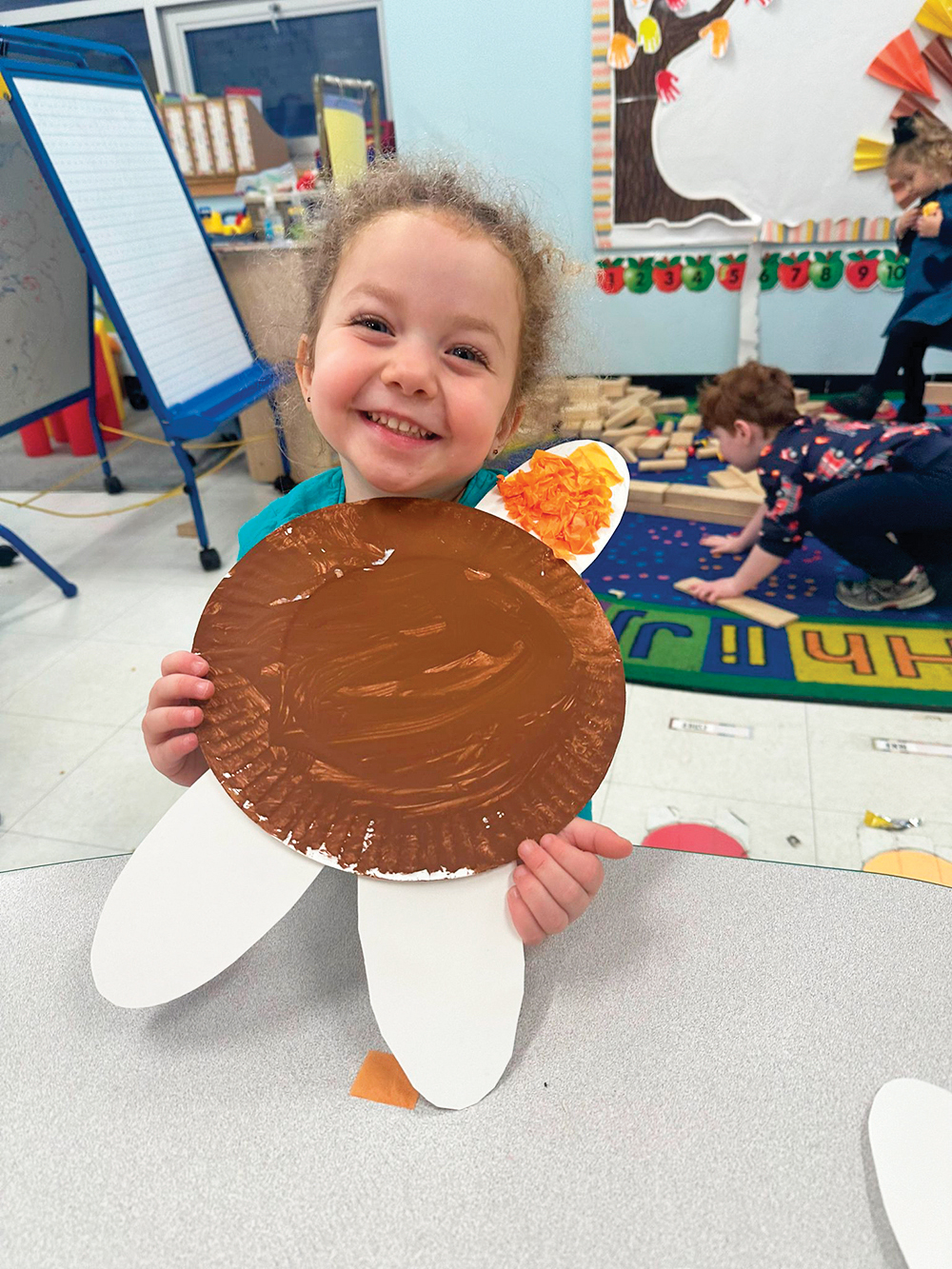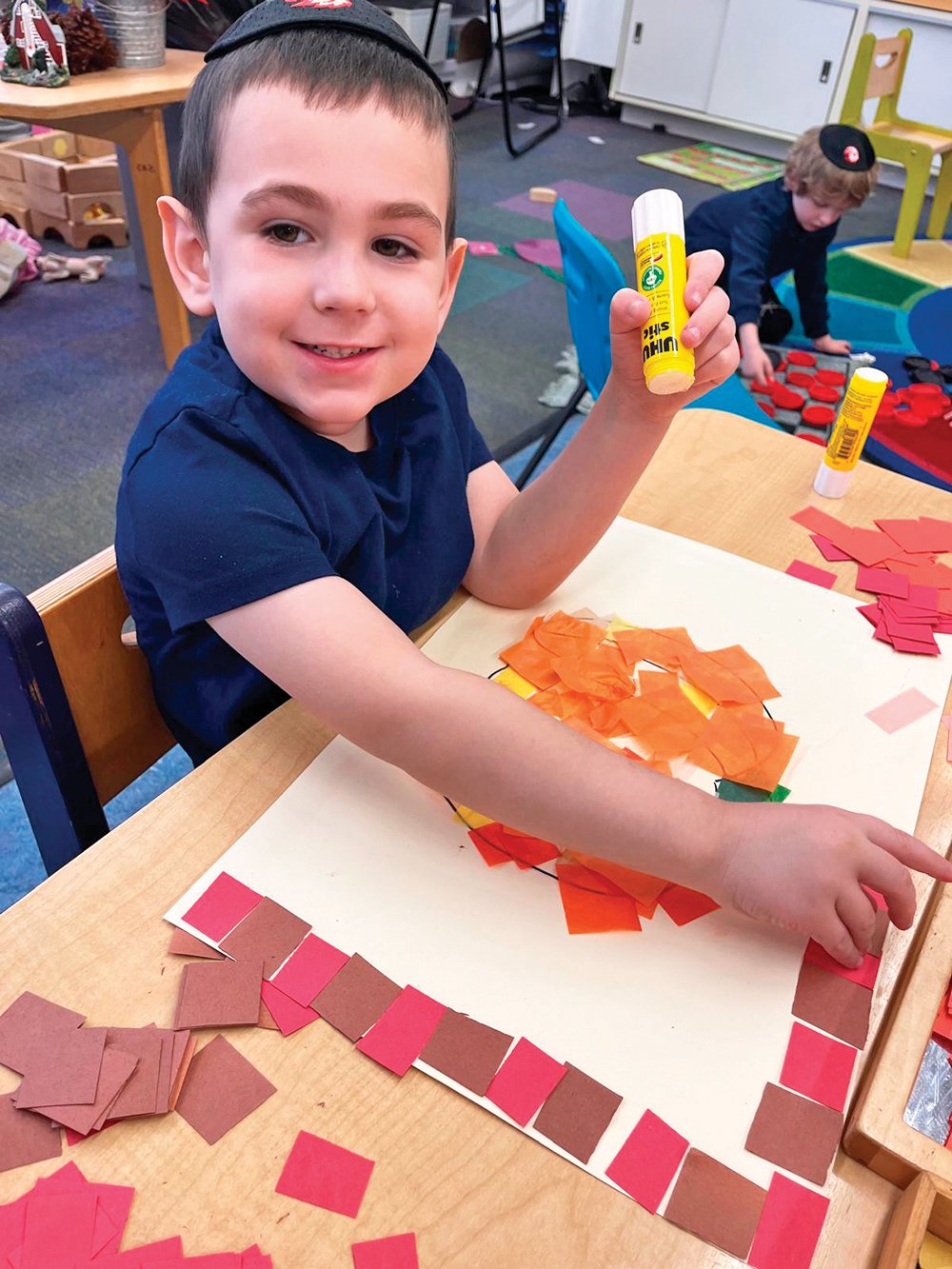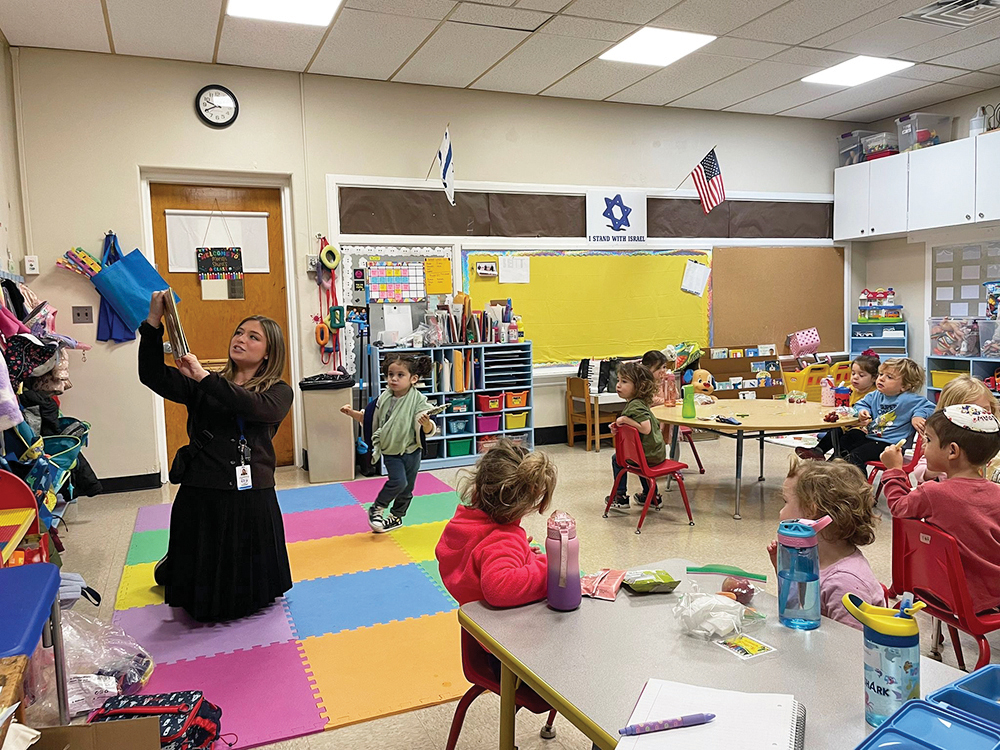
The names we select are always symbolic, drawing from past memory, present experience and future hopes. At the dawn of history, Adam carefully screened the natural world, and — in the first creative act of man —assigned a name to each species. Throughout Tanach, parents have designated names based upon their own struggles and triumphs, or based upon their dreams for their newly born child.
Sometimes, a single name is insufficient. Multifaceted characters such as Moshe, Dovid and Shlomo amassed a broad range of nicknames. Moshe went by at least seven names — each one capturing a different trait or quality. As they transition into new phases of their lives heroic personalities are renamed. As Avram embraces his universal role, he is renamed “Avraham.” When Ya’akov begins to surpass Esav, he is renamed “Yisrael.” Names, in Tanach and in life, matter.
Traditional Names
Over the past thousand years the pool of Jewish names was primarily drawn from major characters in Tanach or renowned Jewish scholars. As it is a creative undertaking, naming will always be dynamic, and fresh names have always been added to the pool. Languages such as Ladino and Yiddish, which merged Hebrew with foreign languages, supplied new choices to our reservoir of names. Additionally classic names were often altered into nicknames. By and large however, in the past, the pool of names remained relatively limited.
Additionally, Jewish names were recycled throughout the generations, as children were named after their ancestors. The Sephardic custom advocated naming after living relatives, whereas Ashkenzim named only after those who have passed. Either way, naming a child “after” an ancestor preserved the family legacy, while providing historical continuity to the younger generation. In a culture which so deeply emphasizes tradition, naming after ancestors has always been an effective way of connecting with our past mesorah.
‘New’ Names in Israel
Our historic return to Israel has shifted numerous aspects of Jewish culture, including how we name our children. Life in Israel has provided new “horizons” for our religious and cultural experience, vastly expanding the pool of Jewish names. In the modern state of Israel, we are discovering new reservoirs of names.
In the Diaspora, natural landscapes didn’t carry profound symbolism. Though they may have been aesthetically appealing, they weren’t “homemade,” and we didn’t expect to remain there forever. In Israel, nature and landscapes serve as semi-religious backdrops. Even a quick glance at Shir Hashirim reveals how central landscapes of Israel are to our relationship with Hashem. This allegory of our love with Hashem plays out across Israeli mountains, valleys, rivers and gardens. Having returned to these historic landscapes we have begun drawing names from nature, such as, Aviv, Erez, Shachar, Re’em, Ma’ayan, Ayelet, Tamar, Rimon and Kinneret — just to name a few.
The full roster of Tanach names has supplied an additional reservoir of novel Jewish names. For thousands of years, the book of Tanach was relatively neglected. As Christians appropriated Tanach, and theologically distorted its meaning, we retreated from its study, focusing instead upon the oral tradition. Thankfully, with our return to our land, we have also returned to the book of land and of history.
Please God, in two weeks, I will be participating in a Tanach study week in the Gush, which typically attracts over 5000 participants. As part of this rediscovery of Tanach, names are being taken from lesser-known personalities and objects in Tanach such as Ehud, Assaf, Yoav, Bat Galim, Noga and Yakira — again just to cite a small sampling.
A third, newly discovered reservoir of names, stems from the massive historical process which has been launched. We are authoring the final chapters of history while we are surging to a final state of Redemption. Many names — especially women’s names — distill these redemptive hopes and dreams, such as Tikva, Geulah, Emunah, Tzofia and Techiya.
Name of Hashem
In addition to the new names based upon Israeli landscapes, Tanach figures and redemptive dreams, our return to Israel has also emboldened us to include Hashem in our naming. Parshat Pinchas describes the names of the various households, each of which inserted the name of Hashem into their own “labels.” For example, “the house of Chanoch, son of Reuven,” was listed as “Ha’Chanochi,” by adding the letter “heh” beforehand, and the letter “yud” afterward. The prefix of “heh” and the suffix of “yud” form the name of Hashem (“yud-heh”). Inserting Hashem into a name, is a bold demonstration of religious confidence and signals our intimate relationship with Hashem. This custom has more or less faded, and throughout history the name of Hashem rarely factored in human names.
Now that we have returned to our homeland and have rebuilt our relationship with Hashem, these names are — once again — popular. Names such as Adiel, Uriel, Aviad, Eliav, Avishai, Talya, Amalya and Hodaya all reflect a renewed confidence in conjugating our names with Hashem’s name.
Revolution and Tradition
Every revolution challenges us to merge the new with the old. By definition, revolutions introduce new paradigms, implying that past conventions are outdated. These novel names feel fresh and contemporary, reflecting our renewed historical opportunity. However, those living through this shift are less likely to name their children after past relatives. For many, those ancestral names feel too starched and too formal, and they don’t convey the revitalization of our national spirit. Naming in the modern world of the state of Israel challenges us to adopt this new spirit, while still preserving our links to past generations. It is not always that easy.
This dilemma is reflective of the general challenges of living through the historical shift in Israel. Religious identity outside of Israel rests squarely upon preserving past traditions. Mesorah shapes personal identity and communal policy.
Life in Israel is more multivariable, as we navigate uncharted territory. We have never lived through a redemptive process, and it poses unforeseen questions. How can we respond to a historical revolution, while still identifying with past traditions? Jewish history did not begin in 1948, but for many Israelis it sometimes appears that way.
Transitioning through history isn’t easy, and this dilemma is “stressing” many who do move to Israel. Adults are generally more adept at fusing the new world to the old one, but children often view past traditions as outworn and obsolete. Naming “policies” reflect a more general “existential” challenge to live through historical rebirth while still rooting ourselves to the past. It sometimes feels like an obstacle course, but we are fortunate that we have been chosen to cross it. For our ancestors, the future was shadowy, so they looked squarely to the past. We are lucky to be standing between the past and the future.
The writer is a rabbi at Yeshivat Har Etzion/Gush, a hesder yeshiva. He has semicha and a BA in computer science from Yeshiva University as well as a master’s degree in English literature from the City University of New York.



